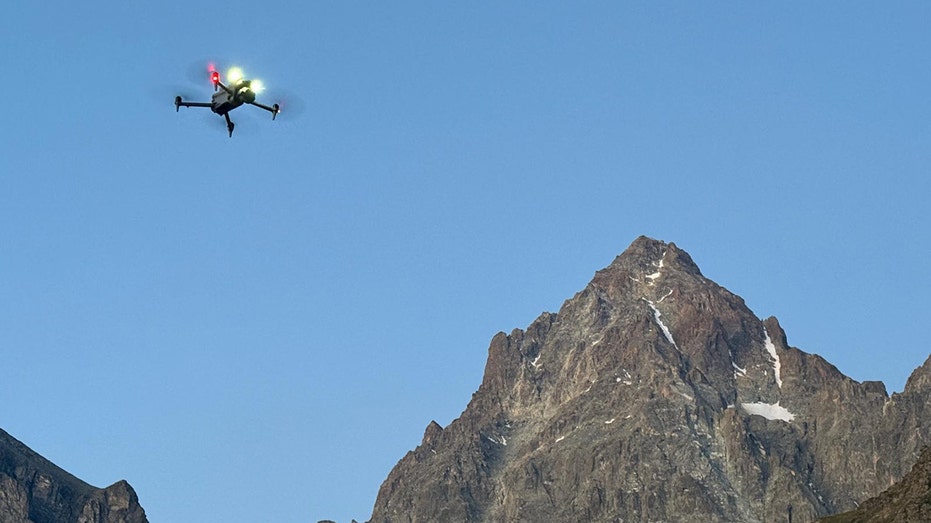AI-Powered Drones Locate Missing Hiker’s Remains in Italian Alps After Ten Months

In a groundbreaking rescue operation, an AI-enhanced drone has successfully located the remains of a missing hiker in Italy’s rugged Piedmont region after nearly a year. This technological breakthrough significantly accelerated the recovery process, which traditionally would have taken weeks or even months, demonstrating the transformative potential of artificial intelligence in search and rescue missions.
Rescue Efforts in the Challenging Cottian Alps
The missing hiker, Nicola Ivaldo, an experienced mountaineer, had been unaccounted for since September 2024 on the northern slopes of Monviso in Italy’s Cottian Alps. Known for its sheer cliffs, loose rocks, and unpredictable weather, the area posed serious risks to rescue teams. Despite multiple ground searches conducted by Italy’s National Alpine and Speleological Rescue Corps (CNSAS), the remote terrain hindered progress.
Harnessing Drone Technology and AI Analysis
In early 2025, authorities turned to drone technology to renew their efforts. Flying approximately 164 feet above the rugged terrain, the drones surveyed a 452-acre area, capturing over 2,600 high-resolution images. Instead of manually analyzing this vast dataset, AI software was employed to process the images rapidly. Using advanced color and shape recognition, the system identified anomalies that could indicate human presence or objects of interest.
-
Teenager’s Life Transformed: From 10 Seizures a Night to Freedom with Innovative Brain Implant

-
Senate Investigates DOGE Over Alleged Mishandling of Sensitive Social Security Data

-
Powerful Webb Telescope Captures Stunning Images of One of the Earliest Supernovae

-
Dangerous Malware Poses Threat Through Fraudulent Loan Applications

Critical Discovery and Successful Recovery
Among the detections, a small but crucial clue stood out: the red helmet of the missing hiker. This key find enabled rescuers to precisely locate the site amidst difficult alpine conditions. Working carefully on steep, unstable ground, rescue teams managed to recover the remains, marking a significant achievement enabled by the synergy of cutting-edge technology and experienced human operators.
Implications for Future Search and Rescue Operations
This case exemplifies a new era in rescue strategies, where AI-powered drones can efficiently cover hazardous and expansive areas, reducing risks to human rescuers and speeding up operations. Similar missions have already been conducted in countries like Canada, Switzerland, and the United States, often yielding faster results than traditional methods. As AI technology advances, it promises to improve success rates, save more lives, and optimize resource allocation during emergencies.
AI Drones: A Game Changer in Saving Lives
AI-enabled aerial robots are transforming search and rescue efforts by analyzing vast visual data in hours rather than weeks. When combined with skilled human teams, these tools enhance safety and efficiency, especially in high-risk environments. As the technology continues to evolve, rescue organizations anticipate even greater capabilities, including faster localization of missing persons and safer operations in extreme conditions.
